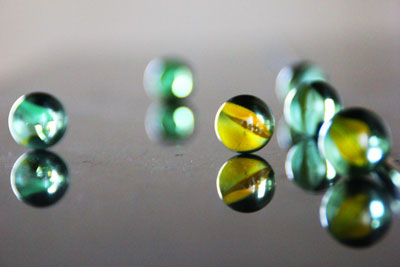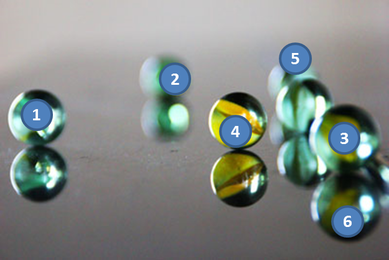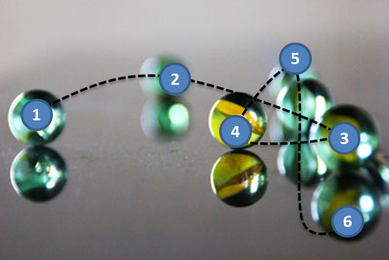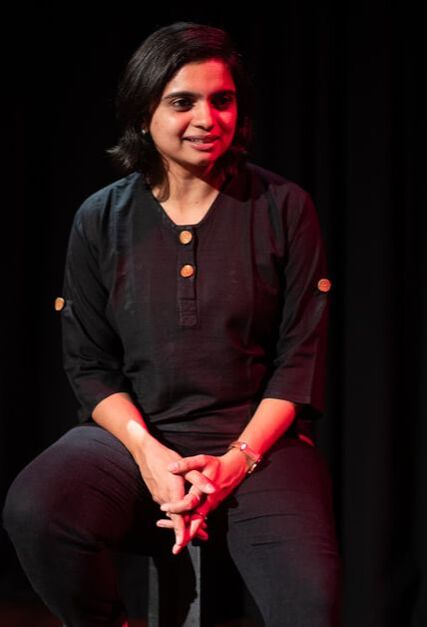In 2012, I was preparing for my first solo, an intimate theatre performance, where I was to share personal moments from my life with the audience sitting around me. I had my lines, my costume and I had rehearsed my act quite a few times. I was confident that I would have a great show. A few days before the show, I invited my mentor into the rehearsal studio to take a look at my performance and give me some feedback. Five minutes into the performance, she stopped me and said that my look was quite intimidating. She asked me soften my gaze and continue my performance. Little did I know that I was intimidating her with my eye contact When we are busy thinking about what to say, to deliver the facts right, we are unaware about the signals we are sending people, through our body, voice and eyes. Our eyes communicate way more than we think they do. People can gauge the mood that we are in and also be able to predict our emotional state by looking into our eyes. Here's how theatre based training can help us make effective connections and communicate powerfully - through Eyetact. Activity: Eyetact- focus and movement Through this activity, we are going to understand focusing techniques and the way our eyes move to address audiences. Step 1: Take a look at the image below. Pick one marble and focus your gaze at that alone for about 10 seconds You will notice that your eyes are quite strained after the 10 second sustained focus. This is because, when we look at one particular point, our focus tends to narrow and our eyes widen. This is typically called hard focus and can be intimidating when you are in a one-on-one situation. The outcome: People in front you can interpret that you are probably angry or irritated. If we kept our gaze in one fixed spot, while addressing a group of people, the others could feel cut off from the conversation. Step 2: Now sit back and look at the entire image for 10 seconds without paying attention to any one thing in particular. You are probably more relaxed and you surely notice more in the image than you did the first time. When we relax our gaze, we let things come into our sphere of vision and don't go in search of something particular. This way, we are able to get a better visual insight from what you are looking at. The outcome: You come across as a relaxed, calm and confident individual. This kind of focus is called soft focus, a friendly, conversational approach to making eye contact. Soft focus is a great way to address a group of people, to inform or inspire. Now that we understand hard focus and soft focus, let's look at how we can move our eyes in a fluid way to make effective connections with our audience. Step 3: Relax the eyes and bring them to a state of soft focus. Take a look at the image below and move your gaze from marble number 1 to marble number 6. Pay attention to the way the eyes are moving. When we are addressing multiple people, our eye contact can tend to be a bit jerky, shifting from one person to another. A simple way to make a smooth transition is to imagine a fluid thread connecting the people in the space. This will make the eye movement and transition smooth and powerful. Step 4: Now repeat the movement from number 1 to 6. You will notice the difference. *Note that it is also important to move your head along with your eyes. Keeping your head stationery and moving only your gaze will look disconnected.
Outcome of theatre based Eyetact training
1 Comment
|
Archives
March 2020
Categories
All
|



